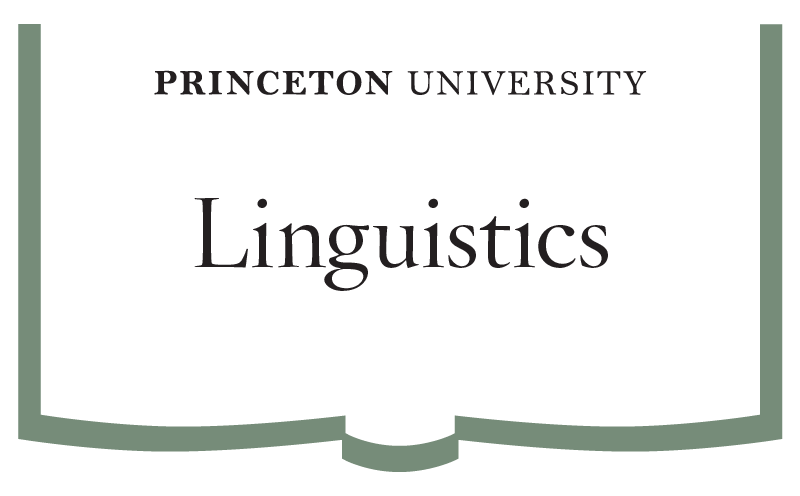Linguistic Goals
To be accomplished by the end of the course sequence (ASL 101 through 107):
- Mastering core vocabulary and grammar, including the nonmanual and spatial aspects of grammar.
- Consistently integrating the multidimensional aspects of ASL (spatialization, depicting signs, constructed action/dialogue, and other kinds of depiction) in their everyday signing.
To be pursued in the third and fourth years (through 200-level and above courses):
- Learning specialized vocabulary in different disciplines.
- Comprehending a wide variety of styles, registers, and dialects in ASL communities.
- Articulating complex ideas and concepts in ASL using a wide range of word choices, sentence structures, depictions, and nonmanual signals.
Cultural Goals
- Comprehending the nuances of various conversational norms, visual cues, and tactile cues in ASL communities.
- Having a broad knowledge of American Deaf history, ASL literature, Deaf education, and sign language linguistics.
- Understanding the nuances of current Deaf cultural and disability issues, both in the United States and around the world.
- Exploring the intersectional facets of Deaf culture, including but not limited to those of race, class, gender, sexuality, and disability.
- Becoming an effective ally of Deaf and disabled people, both personally and professionally.












